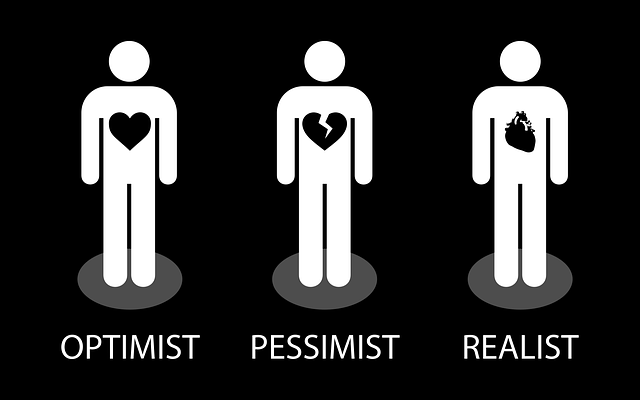Botox injections for muscle tightness are an effective treatment for hemifacial spasm (HFS) and eye twitching (blepharospasm), two debilitating conditions caused by abnormal nerve activity. By temporarily blocking nerve impulses with botulinum toxin, these injections reduce muscle contractions, alleviating symptoms and improving patients' quality of life. The procedure offers minimal recovery time, low risk of side effects, and long-lasting results, making it an attractive option for managing chronic muscle tightness.
Botox therapy offers a promising solution for individuals suffering from hemifacial spasm and eye twitching. These conditions often stem from muscle tightness or spasms in the face and eye areas. This article delves into the effectiveness of Botox injections as a treatment method, exploring the science behind its success in relaxing muscles and alleviating symptoms. We’ll guide you through understanding these disorders, the procedure, potential risks, and recovery, providing insights into how Botox injections for muscle tightness can restore comfort and confidence.
Understanding Hemifacial Spasm and Eye Twitching
Hemifacial spasm (HFS) and eye twitching, also known as blepharospasm, are involuntary muscle contractions that can cause discomfort and distress for those affected. HFS typically results in a persistent, uncomfortable spasm on one side of the face, often characterized by a tightness or pulling sensation around the eyes, leading to frequent blinking, squinting, or even permanent eye closure. Eye twitching, on the other hand, involves rapid, involuntary blinking, usually affecting just one eye but sometimes both. These conditions are caused by abnormal activity in specific facial nerve pathways and can be attributed to various factors, including neurological disorders, trauma, or muscle imbalances.
Both conditions significantly impact daily life, causing functional difficulties and potential social embarrassment. Botox injections for muscle tightness have emerged as an effective treatment option. By injecting botulinum toxin into the affected muscles, Botox therapy temporarily blocks nerve impulses, reducing muscle contractions and easing symptoms. This minimally invasive procedure offers a significant improvement in quality of life for patients with HFS or blepharospasm, allowing them to regain control over facial movements and eye function.
The Role of Botox in Treating Muscle Tightness
Botox has emerged as a highly effective treatment option for managing muscle tightness associated with hemifacial spasm and eye twitching. Through Botox injections, qualified healthcare professionals can target overactive muscles and temporarily paralyze them, thereby reducing or eliminating involuntary spasms or twitches. This non-invasive procedure offers significant relief to patients struggling with these conditions, which can significantly impact their quality of life.
The injections work by blocking the nerve signals that cause muscle contraction. By interrupting this communication, Botox helps to relax the affected muscles, providing a calming effect and reducing the frequency and intensity of spasms or twitches. This treatment option is particularly appealing due to its minimal recovery time and long-lasting results, making it a preferred choice for many seeking relief from chronic muscle tightness and associated symptoms.
The Science Behind Botox Injections
Botox injections work by temporarily paralyzing specific muscles responsible for involuntary movements, such as those causing hemifacial spasm and eye twitching. This process starts with the injection of a small amount of botulinum toxin into the affected muscle groups. The toxin blocks the nerve signals that stimulate muscle contraction, reducing or eliminating the unwanted spasms or twitches.
At the cellular level, Botox inhibits the release of acetylcholine, a neurotransmitter that plays a key role in muscle contraction. This disruption prevents the muscles from contracting uncontrollably, thereby alleviating symptoms associated with hemifacial spasm and eye twitching. The effects of Botox injections typically last for several months, after which the body naturally breaks down the toxin, requiring periodic repeat treatments for sustained relief.
Benefits, Risks, and Recovery Process
Benefits of Botox Injections for Muscle Tightness
Botox therapy offers significant benefits for individuals suffering from hemifacial spasm and eye twitching. By injecting a small amount of botulinum toxin into the affected muscles, Botox temporarily paralyses or relaxes them, alleviating the involuntary contractions that cause discomfort and distress. This non-invasive procedure is often preferred due to its minimal recovery time and low risk of serious side effects compared to surgical interventions.
Risks and Recovery Process
While generally safe, Botox injections for muscle tightness carry some risks, such as bruising, swelling, or mild pain at the injection site. In rare cases, patients may experience headaches, nausea, or vision changes. The recovery process is swift; most people can resume their normal activities immediately after the treatment. However, the effects of Botox typically last between 3 to 6 months, necessitating repeat injections for sustained relief. Regular follow-up visits with a qualified healthcare provider ensure optimal results and allow for adjustments as needed.
Botox injections have emerged as a highly effective treatment for hemifacial spasm and eye twitching by targeting specific muscles causing these conditions. By relaxing overactive muscles through neurotoxin injection, Botox offers significant relief from symptoms associated with muscle tightness. This minimally invasive procedure is backed by scientific evidence, providing long-lasting benefits while presenting minimal risks. Understanding the science behind Botox injections and their role in treating muscle tightness empowers individuals to make informed decisions about managing these conditions effectively.
